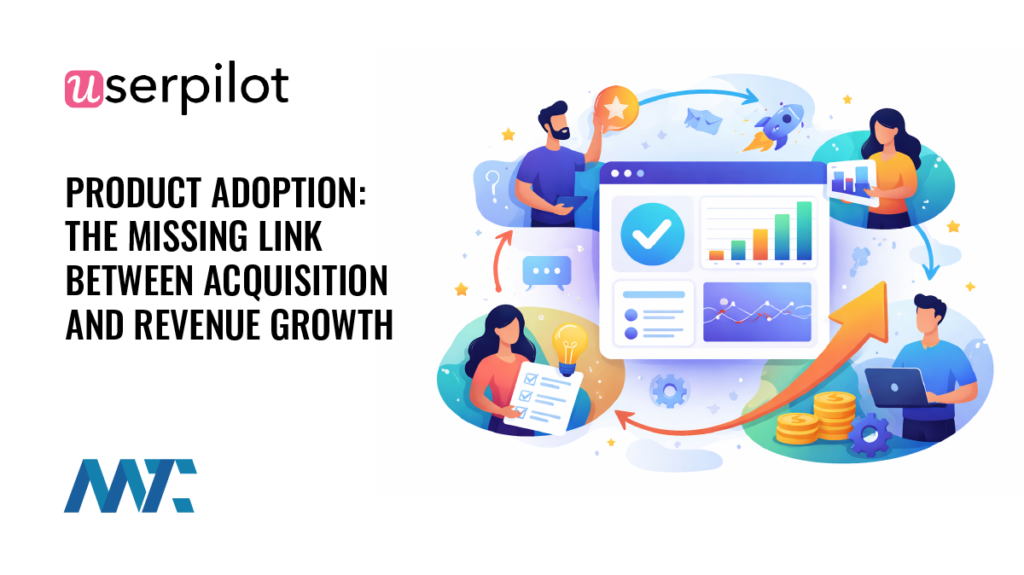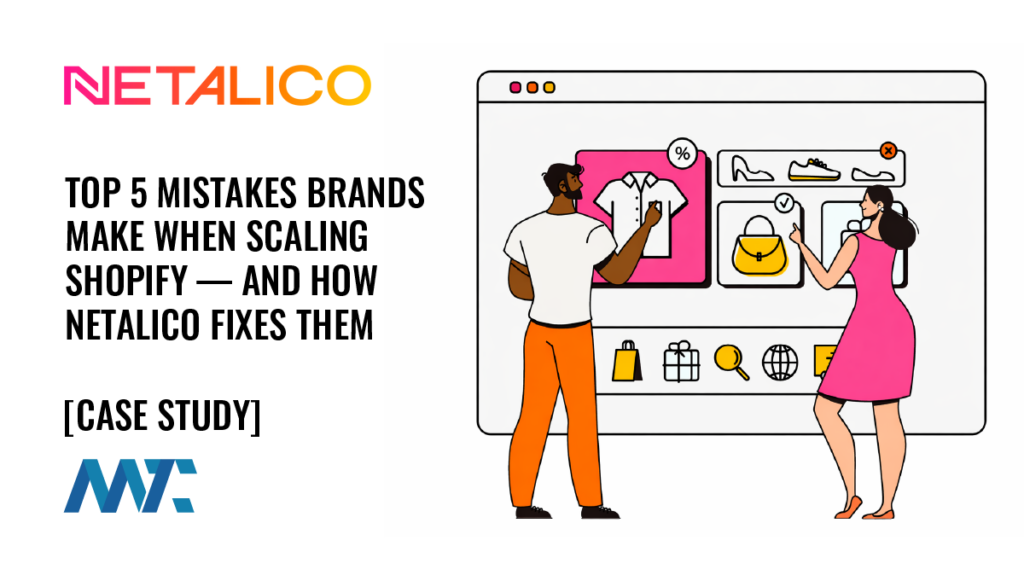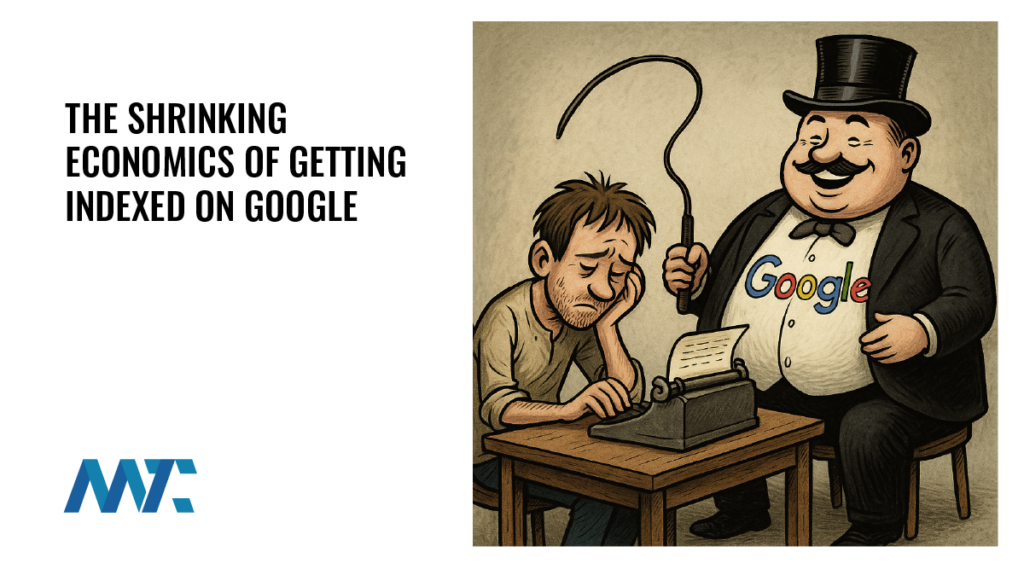How to Plan and Execute a High-Converting Valentine’s Day Campaign

Valentine’s Day has evolved far beyond a celebration exclusive to couples. Today, it presents one of the most lucrative opportunities for businesses and marketers to engage consumers, build brand loyalty, and drive revenue. With billions spent annually, Valentine’s Day ranks among email marketers’ most important seasonal events, and those who prepare well in advance are most likely to capitalize on the love-fueled spending spree.
Rethinking Your Valentine’s Day Audience
Contrary to traditional assumptions, Valentine’s Day shoppers are not limited to romantic couples. Many consumers purchase gifts for friends, family members, and even pets. This shift in behavior creates a broader target audience and opens up new messaging angles. Innovative brands diversify their campaigns to include categories like self-care, friendship, and pet love.
This inclusive approach enables brands to craft messaging that resonates with a wider demographic, driving engagement while maintaining a heartfelt but not overly sentimental tone.
Email Campaign Strategy: A Month of Love, Not Just a Day
Successful Valentine’s Day campaigns are not one-off blasts; they are strategically timed sequences designed to build awareness, deliver offers, create urgency, and express gratitude. A well-timed campaign might include five key phases:
- Late January (January 27–31): Launch a pre-holiday awareness campaign. This early wave helps plant the seed by putting your brand at the top of your mind before inbox competition heats up. Use this time to tease upcoming promotions or introduce a themed content series.
- Early February (February 3–7): Roll out your main promotions and exclusive offers. Post-holiday, consumers are still budgeting, so pricing and value propositions matter. Highlight affordability and emotional value—think meaningful gifts at the right price.
- Mid-February (February 11–12): Send out last-chance reminders. Use countdowns, time-limited discounts, and urgency-based language to drive action. This window is when gift-givers realize time is running out.
- Valentine’s Eve (February 13): Offer last-minute ideas, digital gifts, or reminders for local pickup. Think same-day delivery, e-gift cards, and easy wins for procrastinators.
- Post-Valentine’s (February 15–16): Follow up with a thank you campaign. This is a moment to express appreciation, offer a second chance discount, or introduce upcoming promotions. It’s also a great time to reinforce loyalty by encouraging feedback or referrals.
Campaign Tactics That Drive Results
Several evergreen tactics consistently improve engagement and conversions around Valentine’s Day:
- Use a Valentine’s Day-themed email template: Incorporate festive visuals and romantic motifs while maintaining your brand’s look and feel. Keep it balanced—charming, not cheesy.
- Lean on social proof: Testimonials and reviews help reinforce product quality and emotional value. Let satisfied customers sell for you.
- Leverage gift guides: Create curated selections such as His and Hers Gift Ideas, Gifts Under $25, or Best Friend Favorites. These help shoppers make quick decisions.
- Incorporate incentives: Offers like free shipping, Valentine’s wish lists, or bundled deals are proven motivators.
- Promote shareable content: Quizzes like What’s Your Love Language? or Find the Perfect Gift for Your Pet can go viral and expand your reach.
The Most Popular Gift Categories—and How to Position Them
Knowing what consumers typically buy helps you align your offerings or partner strategically:
- Greeting cards and candy remain perennial favorites, making up most purchases.
- Dining experiences, flowers, and jewelry perform well, primarily when marketed with an emotional hook.
- Clothing, gift cards, and unique, personalized items are rising in popularity as consumers seek thoughtful and intentional gifts.
Even if your business doesn’t fall neatly into one of these categories, you can still tap into the spirit of the holiday by positioning your product or service as a meaningful way to celebrate, appreciate, or connect.
Fun Facts Can Spark Engagement
Valentine’s Day campaigns don’t need to be all sales-focused. Sharing interesting facts—like the origins of chocolate gifting or the sheer volume of candy hearts produced annually—can add color and charm to your messaging. These snippets of trivia are great for social media engagement or the top of a themed newsletter.
Valentine’s Day is more than a single day on the calendar—it’s a weeks-long opportunity for strategic customer engagement. The key is thoughtful planning, audience segmentation, and emotional storytelling that resonates beyond romantic clichés. Whether you’re selling chocolates, services, or software, approaching the holiday with creativity and empathy can turn fleeting affection into lasting customer relationships.








